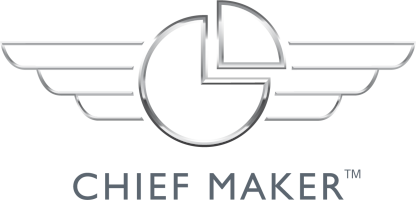
Subscribe to Spotify![]()
Last week, our High Performance teams series concluded with part 25, namely Communication.
Today we dive into the crucial steps of creating a high-performance team. Whether you're forming a new team or aiming to optimise an existing one, these five stages will serve as a comprehensive guide to elevate your leadership and teamwork.
Stage 1: Philosophy, Frameworks, and Environment
The journey of building a high-performance team begins with you. Before you even think about your team, it's essential to clarify your personal leadership philosophy and business principles. You must spend time understanding your core values and codifying what you stand for. These principles will serve as the bedrock of your leadership and will guide the team’s future direction.
Once you’re clear on your philosophy, it’s time to establish a framework. A strong framework helps eliminate guesswork by outlining clear steps you’ll follow to achieve high performance and it is something we cover in the Chief Maker MiniMBA.
Lastly, conducting a thorough environmental analysis is vital. This includes understanding the external landscape, your company’s executive team, and internal team dynamics. This clarity will help you avoid obstacles and ensure that decisions are informed by a realistic understanding of your operating environment.
Stage 2: Form the Team
With your philosophy, framework, and environment sorted, it’s time to form the team. Before diving into defining your team’s vision, values, and purpose, you need to ensure you have the right people on the bus. Chief, it is so vital to get your people into roles that match their strengths and they are equipped with the necessary development opportunities.
This step may take a few months, especially if it involves reshaping your team by replacing or upskilling individuals. If you attempt to set vision and values with the wrong people, you’re bound to face resistance and misalignment. Once you’ve got the right team in place, you can move on to defining the shared goals and purpose.
Stage 3: Unite and Align the Team
Once the right people are on board, the next step is uniting and aligning them around a common purpose, vision, and values. I encourage you and your leaders to bring everyone together and define why the team exists. The team must align on its purpose and agree on a vision for the future.
Purpose, vision, and values act as the glue that binds the team together, creating a shared sense of direction. This is also the stage where team members should get to know each other’s stories, strengths, and backgrounds, which strengthens their bonds and builds mutual respect.
Stage 4: Strategy and Tactics
After establishing a united and aligned team, it’s time to map out the strategy and tactics. Here, I recommend setting a few big, bold goals, ideally centred around one clear number or target. Your strategic pillars and tactical projects should stem from these goals, focusing on improving your business while staying aligned with your purpose and values.
Most teams will spend the majority of their time on business-as-usual activities, but Chief, it is the strategy and tactics that are the key to pushing the business forward. You have to carve out a significant portion of your time to work on the business not in the business. It’s about understanding your operations, customers, and internal processes, and using this knowledge to identify the areas where you can really shift the dials.
Stage 5: Execute with Precision
The final stage is about execution. This is where operating rhythm and consistent team performance come into play. You’ve got to have a structured rhythm for preparation, performance, recovery, and review (check out our P2R2 process). It’s not just about getting things done; it’s about doing them well and regularly checking progress against targets.
To maintain high performance, meetings must be efficient, focused, and data-driven, with clear decision-making processes in place. You should have visible scoreboards and metrics to track progress, ensuring the team stays motivated and on course.
Conclusion: Instilling Hope and fulfilment
A high-performance team isn’t just about hitting numbers. It’s about building a culture that fosters hope, reputation, and magnetism. If you can create this kind of environment, your team members will not only perform at their best but also feel a sense of fulfilment and loyalty that they’ll carry with them throughout their careers. And Chief, they will have you to thank.
By following these five stages, you can build a team that delivers results and becomes a magnet for talent and success. Stay focused on your operating rhythm, continuously develop your people, and above all, lead with purpose.
Chief, here is a nice little graphic to help you on your journey to building a high-performance team. Remember, we cover this in detail with other leaders in our Chief Maker MiniMBA:

Stay epic,
MINI-MBA PROGRAM
 12 week leadership development program
12 week leadership development program
Limited places available
Next intake starting soon!






